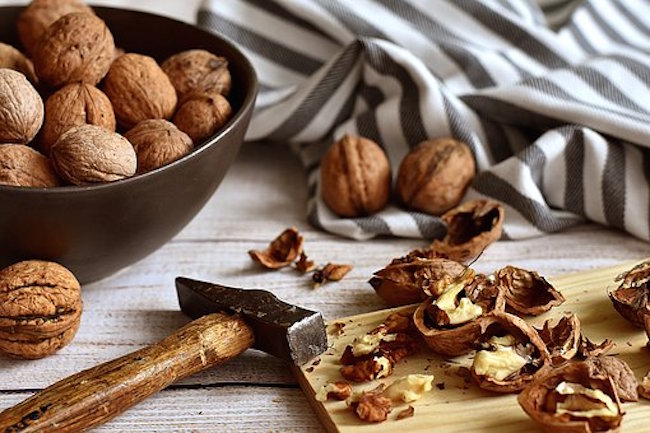Urban Foraging: 27 Edibles You Can Find in the City Post Collapse by Megan Stewart for The Survivalist Blog
oraging in the countryside is a great way to find edible food post collapse. But what if you’re one of the unfortunate ones who is forced to survive in an urban environment? If you’ve ever wondered whether you could find food in the concrete jungle, take heart.
Urban foraging has become a whole movement and if you know what you’re looking for, there are a lot of edibles you can find in the city post collapse. Some urban foragers have created an entire database online for other foragers to use to find food.
You can use it too, simply go to Falling Fruit, put in your location (anywhere in the world) and explore the map with points indicating what types of edibles have been found, where they were found, and when they were last found.
1. Acorns
Many cities plant oak trees because they are easy to take care of. Soak acorns to remove tannins and make them edible. After acorns have been soaked, dry or cook them and grind to use as a substitute for flour.
2. Beech Nuts
Often used in cities as shade trees, you can identify beech nuts by their unique prickly covered husks. Inside the husk you’ll find 2 to 3 nuts triangular in shape, slightly bigger than sunflower seeds.
These little nuts are higher in protein than acorns and are at least half fat. Harvest just before leaves begin to change color in the fall and they’ll be a great addition to your survival diet.
3. Burdock
If you’ve ever taken a shortcut through an empty lot in the city late in the summer or early in the fall, you may remember coming out with burrs stuck to your clothing or hair. Those burrs came from the burdock plant.
If you can harvest the leaves of burdock in spring or in the early summer months, they make a great addition to your wild greens menu and can even be made into tea. Use in moderation due to medicinal properties.
4. Catbriar
Also known as bullbriar, greenbriar, horsebriar, its Latin name is Smilax. Catbriar is a prevalent plant, highly nutritious, and roots, leaves, and shoots are edible. Berries do contain seed pods that are inedible. This is a good one to look for because many people will think its a weed.
Look for a vine with tendrils and thorns. The vine part that snaps off in your fingers is edible cooked or raw and is similar to asparagus. Cook leaves similar to cooking spinach. The root is great for calories and nutrients but is very starchy.
5. Cattail
We’ve all seen the tall reed-like stalks of cattail growing in wet areas, drainage ditches, in highway medians, or near water sources. But did you know that you can eat cattail? In fact, pretty much every part of the cattail can be used for food.
The centers of the cattail roots are edible and can be cooked and eaten similar to potatoes. The pollen of a cattail can be ground and used as a substitute for flour when cooking or baking. Even the main prior to pollen forming can be roasted and eaten similar to corn.




